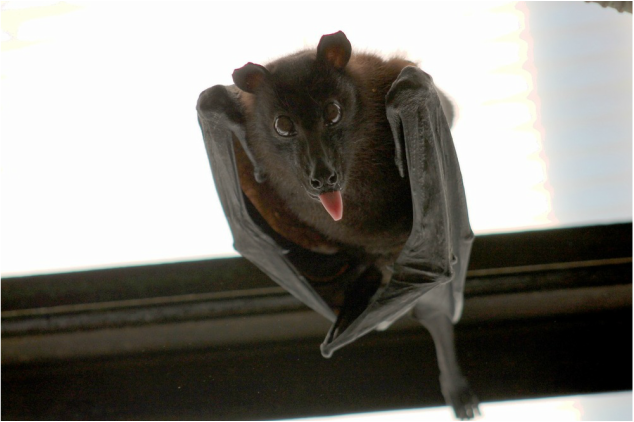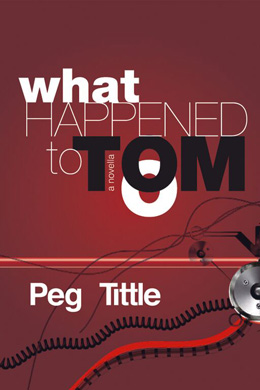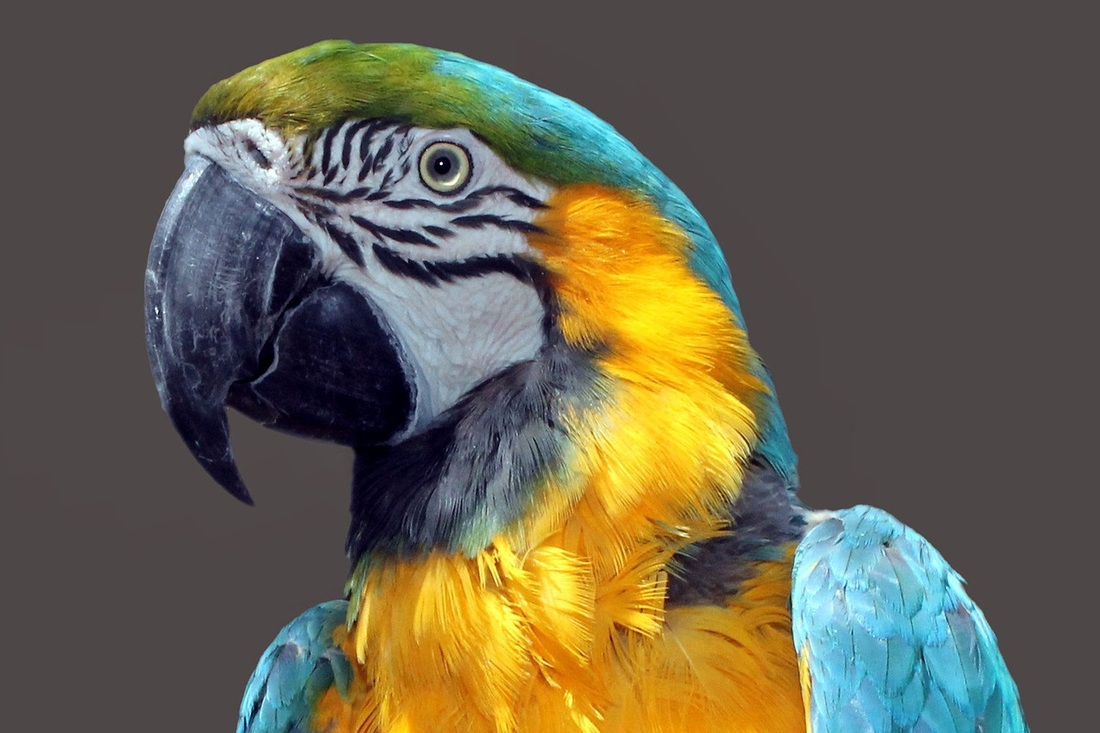Daniel Dennet has assumed the mantle of the early pragmatists in drawing out the philosophical implications of Darwinian evolution, and advocating an evolutionary perspective in addressing traditional philosophical topics. In his 1995 Darwin's Dangerous Idea he calls evolution a "universal acid" (echoing Dewey's "greatest dissolvement") because of its power to break down ideas to their more basic elements. Dennett argues for the need to apply this acid test to our accumulated wisdom in order to better assess that wisdom and to free it from historical distortions and errors.
Applying this "acid test" is essentially what I am trying to do with this website and all my other writings. And I have consistently found that having such an evolutionary perspective provides a clear and interlocking set of beliefs that consistently come together to help solve the most fundamental questions of philosophy (in as much as any of them have a final answer). This week's thought experiment is another great example of the power of having that broad perspective. It is based on Thomas Nagel's paper "What Is it Like to Be a Bat?" and it explores the mind-body problem through what Daniel Dennett called, "The most widely cited and influential thought experiment about consciousness." Let's take a look.
---------------------------------------------------
What is it like to be a bat? Try imagining it. Perhaps you see yourself being very small, bat-shaped, and hanging upside down inside a cave with hundreds of your friends. But that isn't even coming close. What you really seem to be imagining is you inhabiting the body of a bat, not being a bat. Try again.
If you're finding it hard, one reason is that, as a bat, you have no language, or if we are a little more generous, only a primitive language of squeaks and cries. It is not just that you have no public language to articulate your thoughts, you have no inner thoughts—at least not any that employ any linguistic concepts.
Another reason, perhaps the hardest part of all, is that bats find their way around by echolocation. The squeaks they emit work a little like radar, letting them know what objects are in the world by how the sounds rebound off objects and back to them. What is it like to experience the world in this way? It could conceivably be that the perceptions the bat has are just like our visual ones, but that would be very unlikely. A third reason, even more outlandish, is that the bat sees a kind of radar screen, like that in an aeroplane cockpit.
No, the most likely explanation is that to perceive the world through echolocation is to have a kind of sense experience totally different from that of a human being. Can you even begin to imagine that?
Source: "What is it like to be a bat?" by Thomas Nagel, as republished in Mortal Questions, 1979.
Baggini, J., The Pig That Wants to Be Eaten, 2005, p. 217.
---------------------------------------------------
This might all seem pretty innocuous just to claim that one can't imagine being a bat. Big deal! But Nagel used this observation to argue that "materialist theories of mind omit the essential component of consciousness, namely that there is something that it is (or feels) like to be a particular, conscious thing." In other words, he thinks that the materialist's general claim that minds only come from bodies, which only come from physical / material processes, is a claim that cannot be accepted without an objective materialist explanation that makes sense of what it's like to inhabit another mind, in particulal the mind of a bat.
This is another tactic that's very similar to Mary's Knowledge Problem, which aimed to establish that conscious experience must involve non-physical properties because Mary, who had been raised in a black and white environment, was taught "everything there was to physically know about seeing red" but still learned something new when she saw red for the first time. In the case of the bat, we can learn all there is to know about how echolocation works, how bats live in close colonies, and how they spend most of their lives hanging upside down, but we still don't know what it feels like to be a bat. Nagel thinks that proves consciousness is outside of the explanatory power of physicalist worldviews. In the original paper from Nagel, he writes:
I shall try to explain why the usual examples do not help us to understand the relation between mind and body—why, indeed, we have at present no conception of what an explanation of the physical nature of a mental phenomenon would be. Without consciousness the mind-body problem would be much less interesting. With consciousness it seems hopeless. ... If physicalism is to be defended, the phenomenological features must themselves be given a physical account. But when we examine their subjective character it seems that such a result is impossible. The reason is that every subjective phenomenon is essentially connected with a single point of view, and it seems inevitable that an objective, physical theory will abandon that point of view.
What Nagel is saying is that our only understanding of what it feels like "to be something" is the subjective first-person point of view that we all feel inside our own minds. But physical descriptions of all other things in the universe are only ever known or presented from an objective third-person point of view. If the physicalist's third-person point of view can't explain the first-person point of view, then how can we say the first-person point of view is physical?
If you confine yourself to only considering the mind-body problem on its own, then Nagel's arguement is difficult to find a way around. But this is where having a broad evolutionary perspective can help by leading us to take consistent positions on other philosophy problems that in turn help to solve the problem at hand. In this case, I'm talking about the epistemological debate over where knowledge can come from at all. For that problem, the main contenders are empiricism and rationalism. As a reminder from my Philosophy 101 page, definitions for those two schools of epistemology are:
Empiricism - a theory of knowledge that asserts that knowledge comes only or primarily via sensory experience. Empiricism emphasizes evidence, especially as discovered in experiments. It is a fundamental part of the scientific method that all hypotheses and theories must be tested against observations of the natural world rather than resting solely on a priori reasoning, intuition, or revelation.
Rationalism - any view appealing to reason as a source of knowledge or justification. In more technical terms, it is a method or a theory in which the criterion of the truth is not sensory but intellectual and deductive. Different degrees of emphasis on this method or theory lead to a range of rationalist standpoints, from the moderate position that reason has precedence over other ways of acquiring knowledge, to the more extreme position that reason is the unique path to knowledge.
The debate between these schools of thought is ancient, but once one takes a modern evolutionary lens to these two options, extreme rationalism no longer makes any sense at all. How can knowledge only come from reason when our ability to reason developed incrementally over billions of years of evolution? Do no other animals have knowledge? Did none of our "more primitive" ancestors have knowledge? Who had the first knowledge then? Will future descendants think we have no knowledge? None of those questions are answerable for a rationalist, and so the school of empiricism becomes the obvious choice for an evolutionary philosopher.
Now back to the problem of the bat. If our epistemological stance is that knowledge can only ever come after sensory experience, then of course it would be impossible to know what it is like to be a bat because we do not share the sensory experiences of a bat. Nagel may have realized this, but he ducked the question. Buried in footnote number 8 in his original paper, there is this:
My point, however, is not that we cannot know what it is like to be a bat. I am not raising that epistemological problem. My point is rather that even to form a conception of what it is like to be a bat...one must take up the bat's point of view.
But that's exactly the problem! The epistemological problem Nagel didn't want to raise explains the entire difficulty that his mind-body thought experiment supposedly raises. The same thing I wrote in A Physicalist Response to Mary's Knowledge Problem works here too. I said:
Mary "knows everything" there is to know about red but has never seen red. Once she does, she learns something new, which supposedly shows there must be something beyond the physical world. But this is hogwash because Mary does not have "all the physical information" and cannot know "all there is to know" about this subject without having experienced it firsthand. Why? Precisely because we live in a physical universe where mental imaginings are not enough to move the physical atoms that make up the nerves in our eyes and the synapses in our brains. In philosophical terms, there is a real epistemic barrier to what we can learn no matter how much we sit in our rooms and read and think. ... All over the world and all throughout history, people have experienced new things for the first time and learned what that feels like. At no time did that create a non-physical entity in the universe. Our mental world is composed from different brain states, which a cursory study of neuroscience will readily explain. ... If the experience of seeing red was truly separable from the knowledge of what it feels like to see red, then not only could Mary know what it feels like to see red without having the actual experience (which she couldn't), but someone else could have the experience of seeing red without then knowing what it feels like to see red, and that cannot be done either. The physical experience is directly tied to the mental state of feeling the experience, and vice versa. This is because they are both formed from physical stuff and tied together by physical stuff.
So to me, the fact that we can't know what it feels like to be a bat is actually an argument that bolsters physicalism, rather than questions it. While it's true for now that a full physicalist explanation of consciousness hasn't been accepted yet, that open question appears more and more likely with every advance in neuroscience to be a location of ignorance a la the "god of the gaps" rather than a location for non-physical mysterianism to emerge.







